For those considering a piano for the first time, many people wonder, “What’s the difference between a digital piano and a keyboard? Which should I choose?” To give you the conclusion first…
- If your goal is “piano practice,” a digital piano is recommended.
- If you prioritize “light weight, portability, and multifunctionality,” a keyboard is convenient.
That said, when it comes time to buy, there are several detailed criteria to consider: number of keys, touch, pedals, placement, price range, and more.
In this article, we’ll clearly explain the key points so you can choose without hesitation.
Differences Between Digital Pianos and Keyboards
Key Touch and Playing Feel
| Item | Digital Piano | Keyboard |
|---|---|---|
| Number of keys | Primarily 88 keys | Mainly 32–76 keys |
| Touch | Hammer action with weight | Often light, spring-based |
| Best suited for | Serious practice & lessons | Singer-songwriter use, composing, portability |
Digital pianos have an internal hammer mechanism similar to an acoustic piano, which helps you properly develop finger strength and dynamic control.
Keyboards, on the other hand, have a lighter touch that makes repeated notes and chord strumming easier, and they offer the appeal of a wide variety of sounds.
Sound Production and Expressiveness
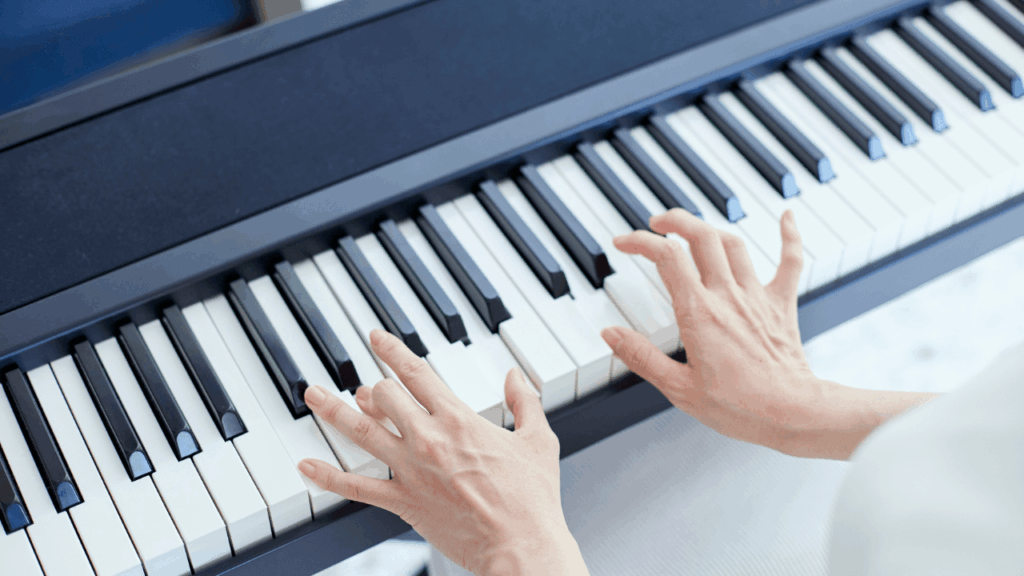
- Digital pianos are equipped with high-quality sampled sound engines; play softly and you’ll get a gentle tone, play hard and the sound becomes brighter and more percussive.
- Keyboards include hundreds of instrument tones and auto-accompaniment styles. Piano sounds have become more realistic year by year, but the dynamic range varies by model.
Typical Uses and Price Ranges
| Purpose | Best Candidate | Price Range (incl. tax) |
|---|---|---|
| Lessons & recital prep | Digital piano | Approx. ¥30,000–300,000 |
| Casual singing while playing / composing | Keyboard | Approx. ¥10,000–100,000 |
| Space-saving & portability | Digital piano (61-key / foldable) Keyboard | Approx. ¥10,000–50,000 |
Consider whether to boost your practice effectiveness with the weighted keys of a digital piano, or to opt for a slim, lightweight keyboard that saves space and offers many features.
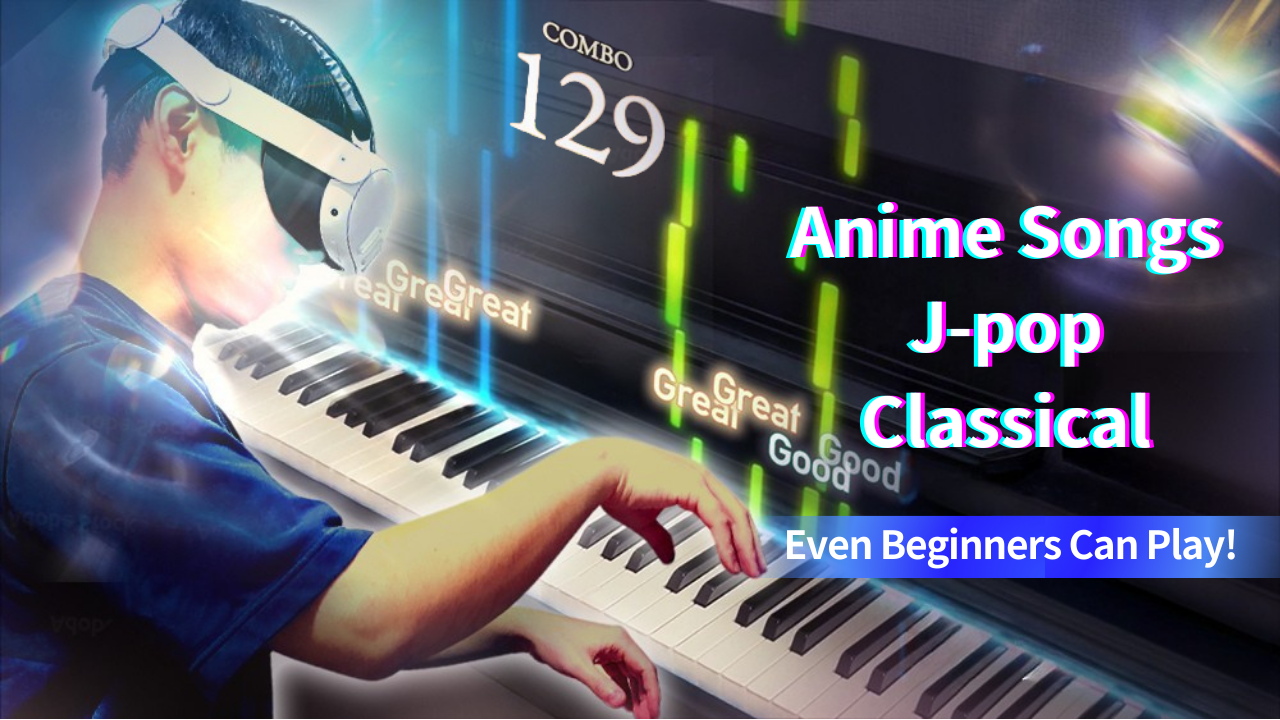
Tips for Choosing for a Child’s Lessons

When choosing for your child’s lessons, touch is especially important at the very beginning, so we recommend a piano rather than a keyboard.
- Builds proper form and finger strength
Hammer-action keys have resistance on the way down and return, making it easier to learn correct form. - Easier to learn dynamics
Right after the basics, being able to distinguish “piano (soft)” and “forte (loud)” becomes essential. With light keys, it’s harder to create volume differences. - Smaller gap from the lesson studio
If the touch is similar to the upright or grand piano in the studio, home practice feels more consistent and motivation tends to last.
Advantages of Keyboards
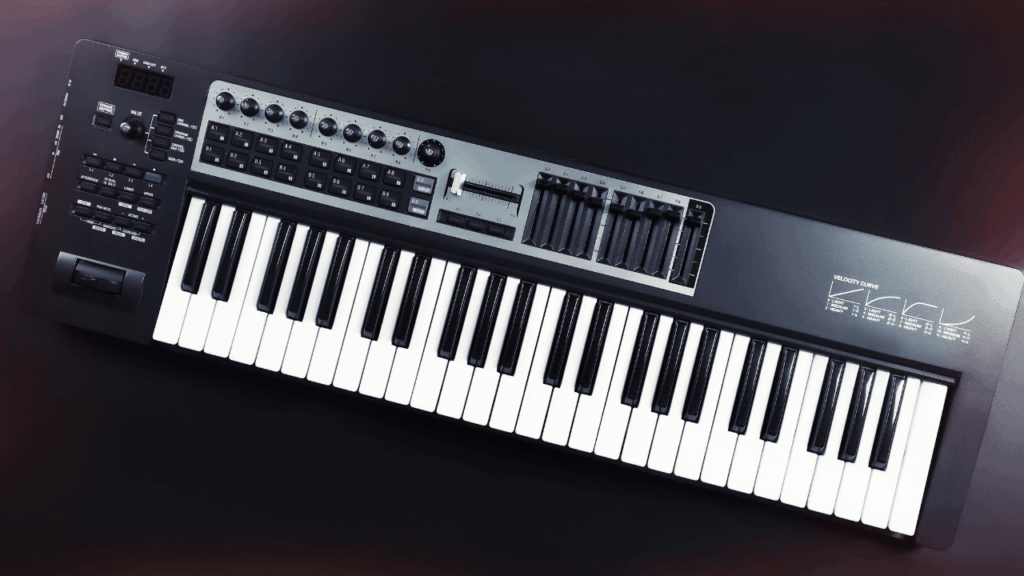
- Portability: At around 5 kg, you can easily take it to outdoor performances or studio practice.
- Variety of sounds: From strings and winds to synths and drums—also handy for composing and DAW input.
- Cost: Even after adding a stand and pedal, many models let you start in the ¥30,000 range.
- Space-saving: Many models are under 1 m wide and less than 30 cm deep, easy to place in a small apartment.
However, if you plan to delve deeply into classical repertoire, you’ll eventually find the light touch limiting, so a digital piano is the better choice.
Pre-Purchase Checklist
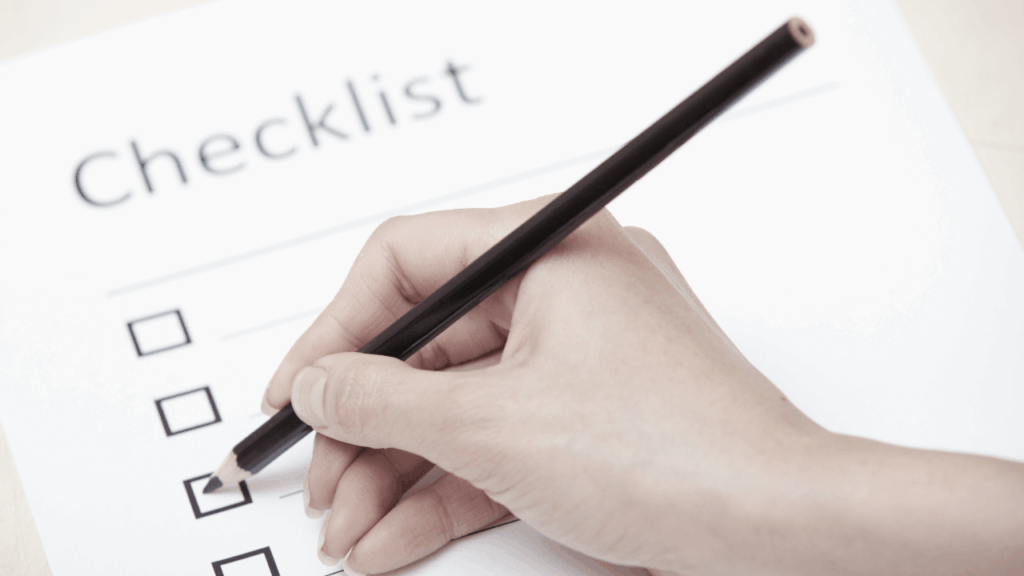
- Number of keys: If classical music is in your sights, you’ll ultimately need 88 keys.
- Touch response: Check the specs for terms like “hammer action,” “graded weighting,” or “touch sensitivity.”
- Pedal: Verify whether the right (damper) pedal is included as standard or sold separately.
- Speaker output: For home practice, a combined 20 W (left + right) is generally sufficient.
- Size & weight: Measure the delivery route; also plan for moving it after installation.
- Warranty & after-sales service: Since electronic parts can fail, a 3–5 year warranty offers peace of mind.
For Adult Beginners / Returning Adult Players
Choose a Touch That’s Easy on the Hands
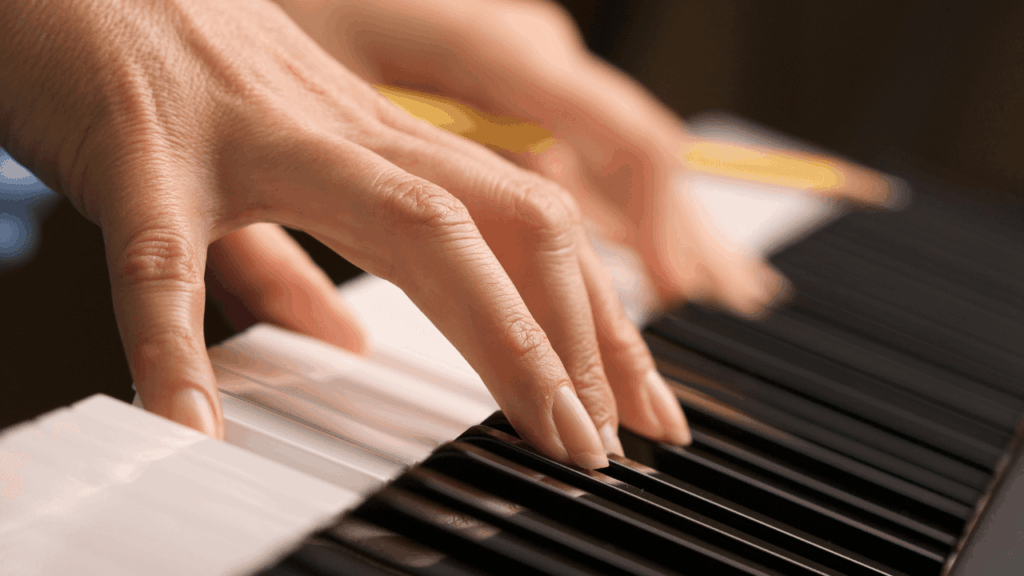
If you’re returning to the piano as an adult, your finger strength may have diminished.
Among hammer-action models, choosing a relatively lighter action can reduce shoulder and arm fatigue during long practice sessions.
Make It Easier to Keep Practicing with Headphones
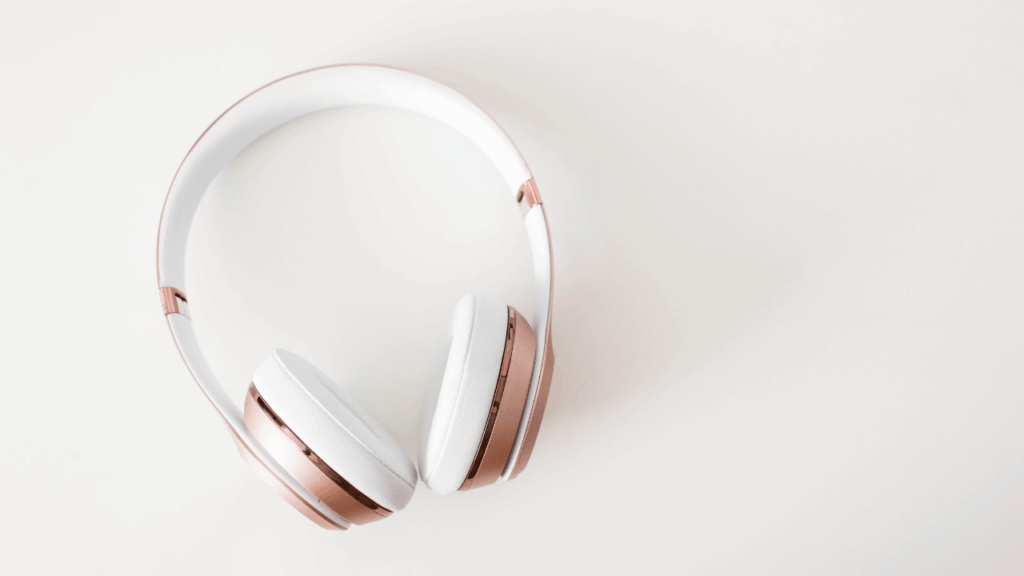
Digital pianos come standard with a headphone jack, making it easy to form habits like practicing for 30 minutes after work—and to play at night without worry.
Visualize Your Progress with Recording
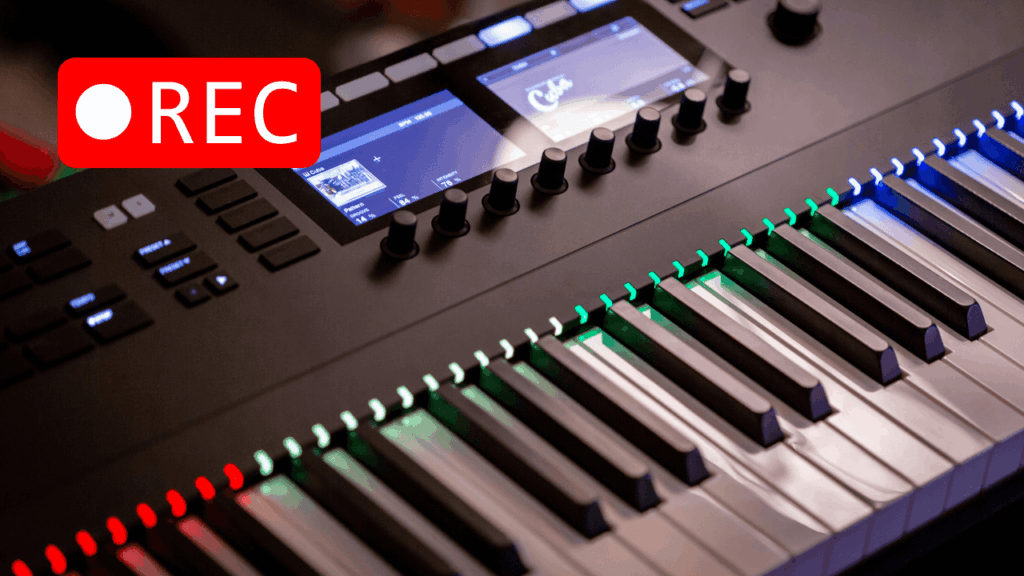
Many digital pianos can record your playing. Keeping monthly recordings makes improvements in phrasing smoothness and tempo stability clear, boosting motivation.
Frequently Asked Questions
-1024x684.png)
Q. Are 88 keys essential?
If you want to play classical pieces seriously, you’ll eventually need them, but for pop or chord-based playing, 61 keys are fine.
Q. Will practicing at night bother the neighbors?
With headphones, almost nothing will be heard. You’ll still have some mechanical tapping from the keys, so placing the instrument a little away from the wall helps.
Q. Is tuning unnecessary?
Neither digital pianos nor keyboards require tuning. Acoustic pianos need tuning 1–2 times a year, at about ¥10,000 per visit.
Q. Can I sell it when it gets old?
Digital pianos can sometimes be traded in at 40–60% of the list price within three years of purchase. For keyboards, popular models or limited colors can fetch surprisingly high prices on resale apps, so keeping the box and accessories can help.
Differences and Tips for Choosing Between Digital Pianos and Keyboards
- Those who want to build a solid foundation (children or adults aiming for classical)
→ A hammer-action 88-key digital piano is recommended. - Those who want to enjoy casual singing while playing or composing
→ A keyboard is enough to get started. Add a pedal and stand as needed. - If you’re unsure, try in-store or rent first
Get hands-on time with real instruments and find a model you like.
It’s not about “which is better,” but about “which suits your current purpose.” Choose accordingly!

